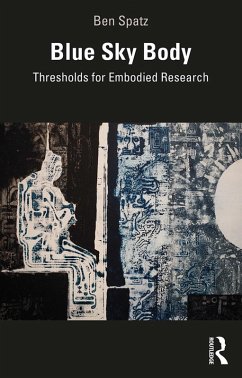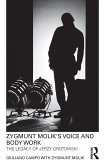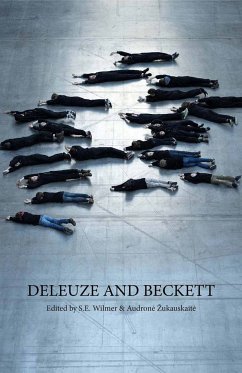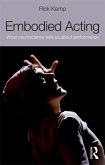Emerging from the confluence of theory and practice, this book combines full-length critical essays with a kaleidoscopic selection of fragments from journal entries, performance texts, and other unpublished materials to offer a series of entry points organized by seven keywords: city, song, movement, theater, sex, document, politics. Brimming with thoughtful and sometimes provocative takes on embodiment, technology, decoloniality, the university, and the politics of knowledge, the work shared here models the integration of artistic and embodied research with critical thought, opening new avenues for transformative action and experimentation.
Invaluable to scholars and practitioners working through and beyond performance, Blue Sky Body is both an unconventional introduction to embodied research and a methodological intervention at the edges of contemporary theory.
Dieser Download kann aus rechtlichen Gründen nur mit Rechnungsadresse in A, B, BG, CY, CZ, D, DK, EW, E, FIN, F, GR, HR, H, IRL, I, LT, L, LR, M, NL, PL, P, R, S, SLO, SK ausgeliefert werden.
-- From the Foreword by D. Soyini Madison









